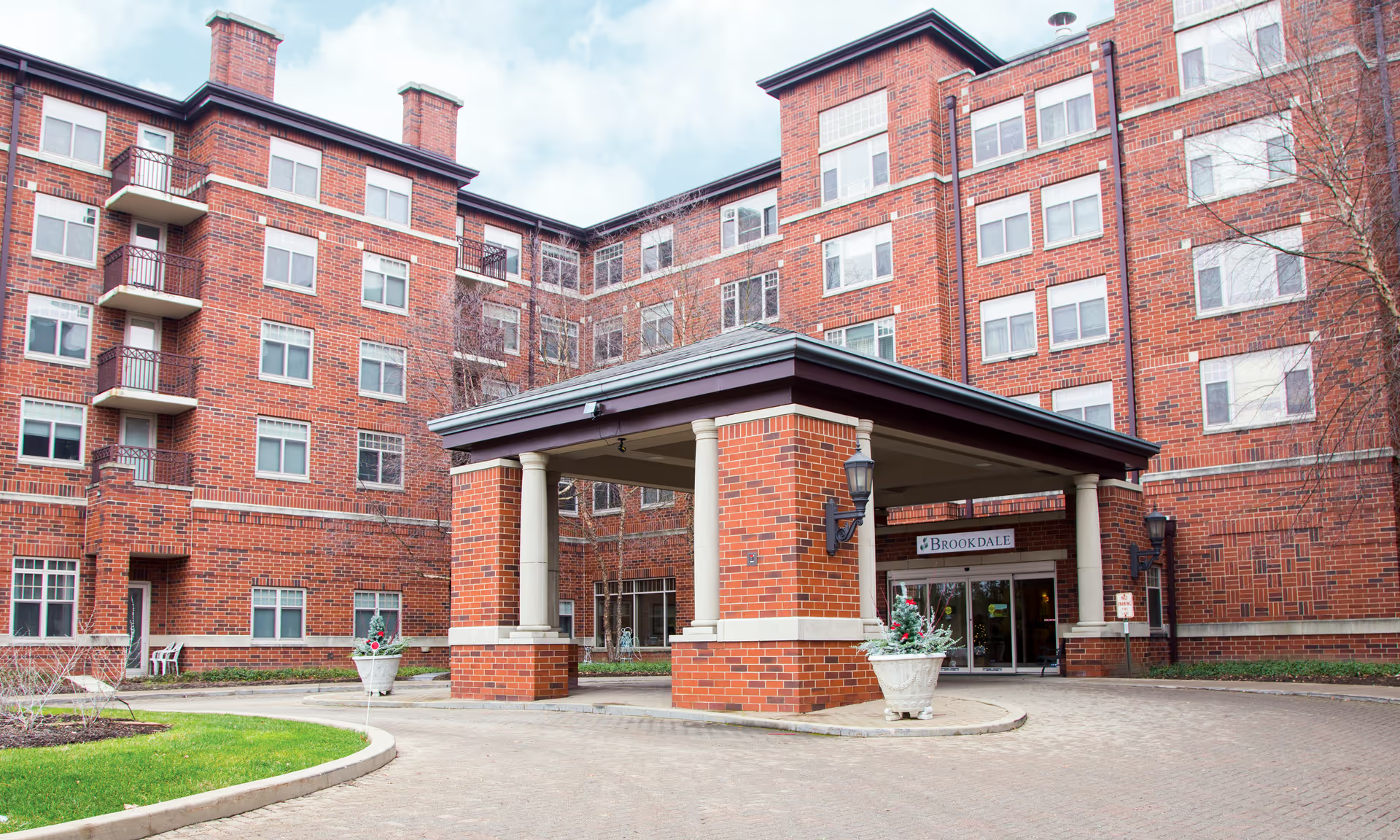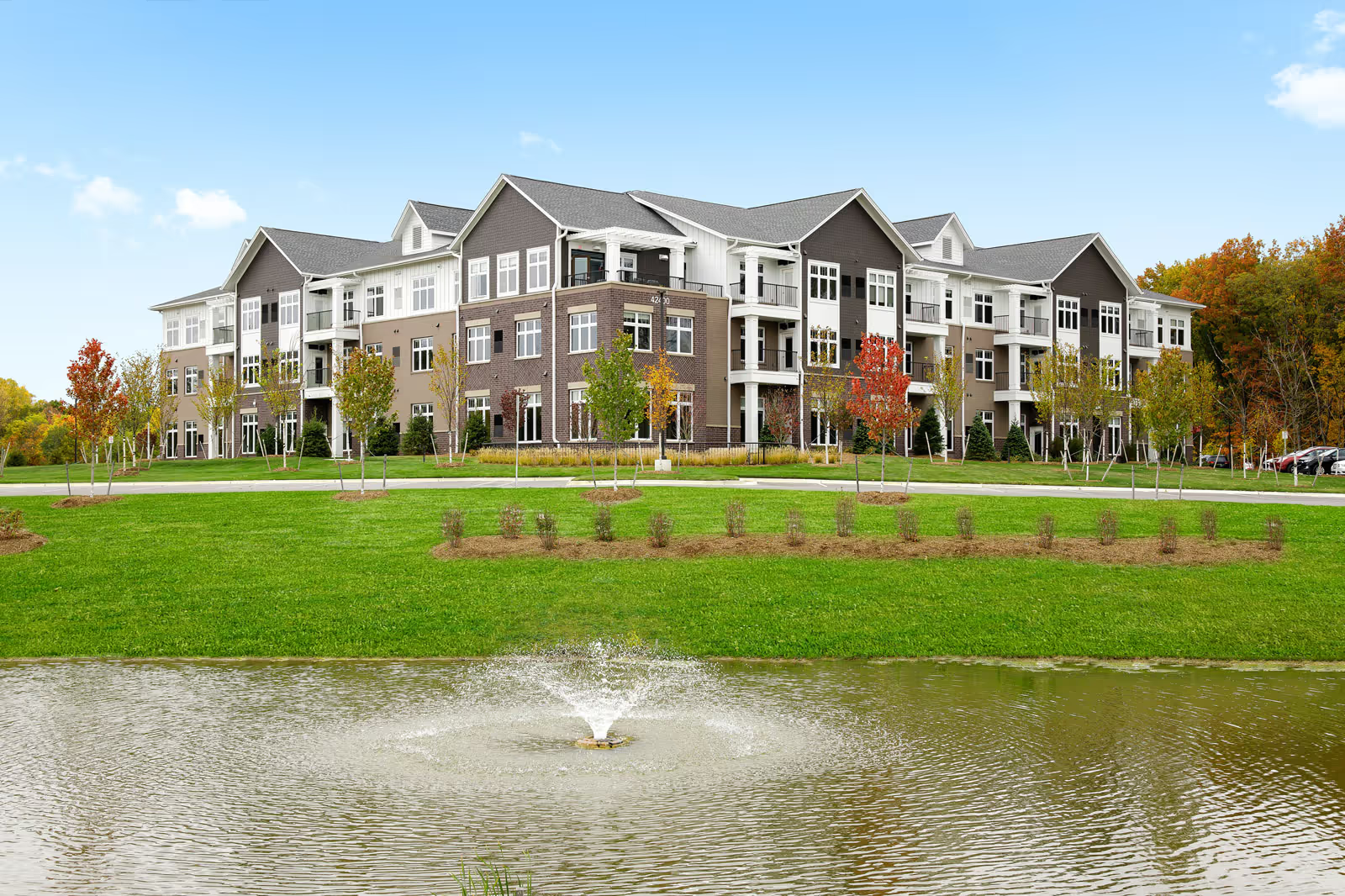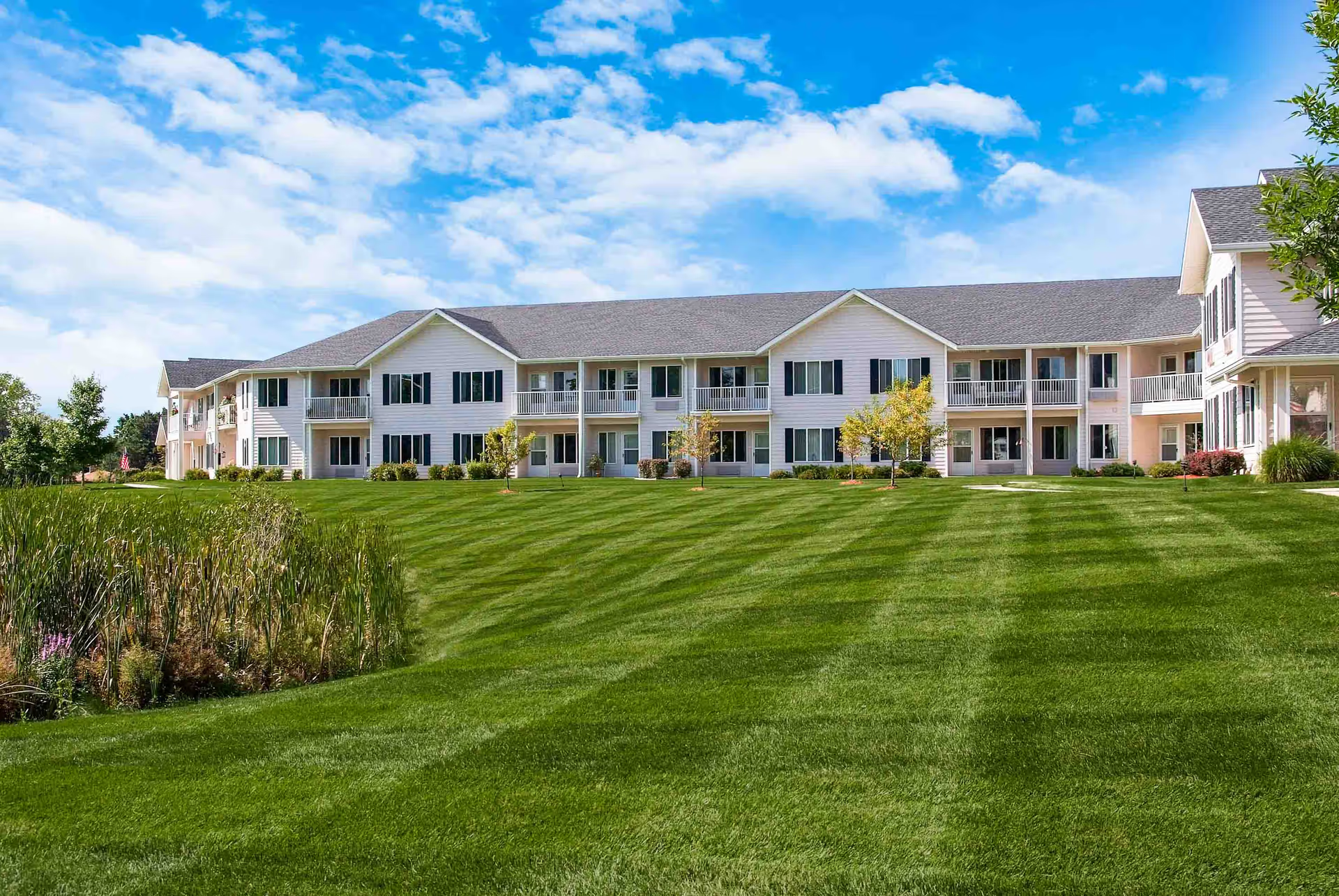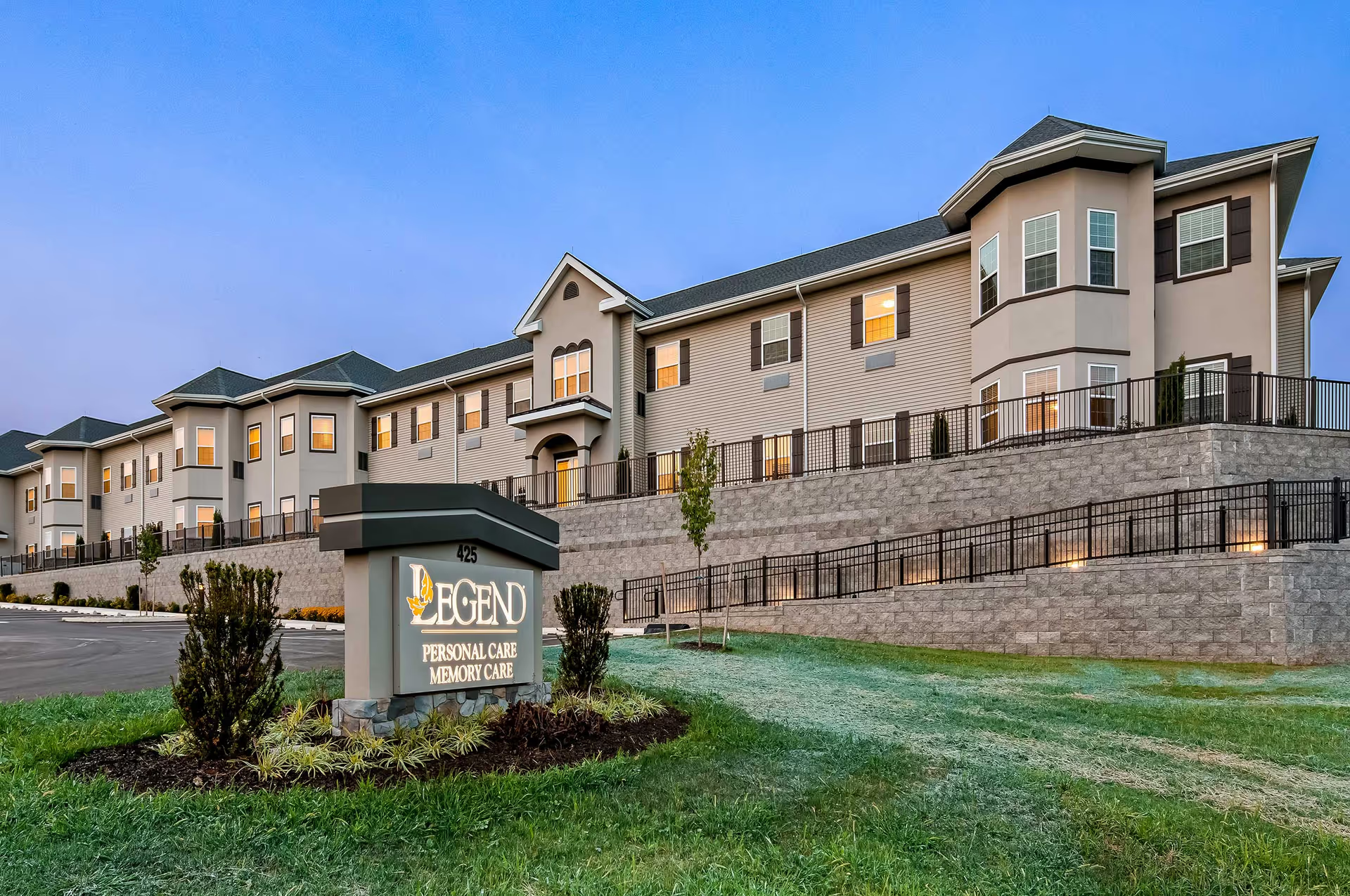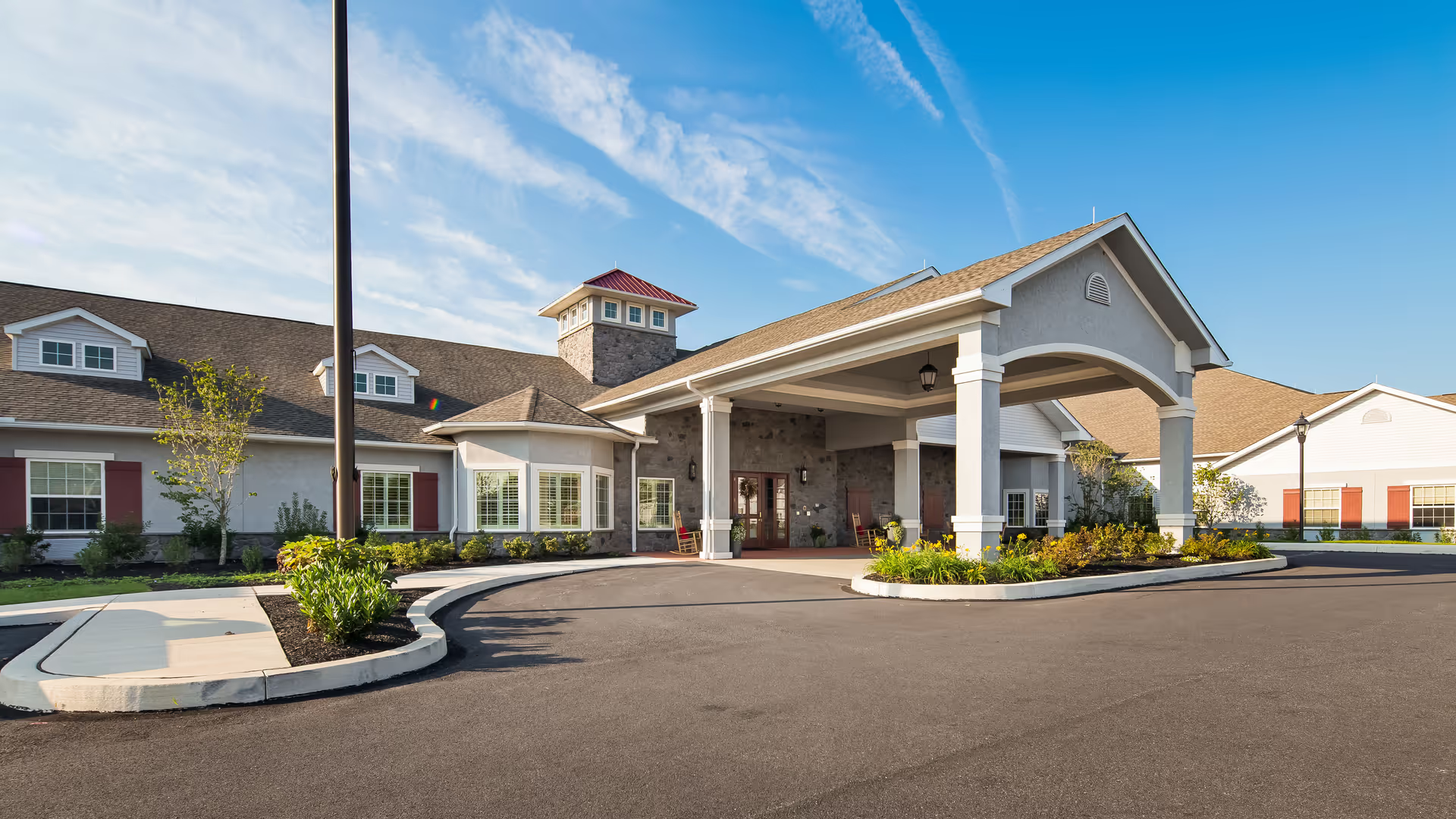Overall sentiment across the reviews is strongly polarized: a substantial number of reviewers report an excellent, compassionate, safe, and well-maintained community where staff are friendly, long-tenured, and attentive, while a smaller but significant group describe serious lapses in care, unprofessional administration, and safety risks. The most consistent positive themes are visible and tangible: the physical environment is frequently described as very clean, well maintained, and attractively decorated, with pleasant smells and seasonal touches. Several reviewers single out the front-desk/reception team (notably “Sue”) and named staff members for warmth, responsiveness, and help with transitions. Many families praise personalized, family-like culture, strong social engagement, and a sense that residents are known by name. Dining, activities, and transportation are repeatedly cited as strengths — many residents reportedly enjoy the meals, special events, outings, and on-site amenities like a beauty salon. There are repeated mentions of good maintenance, prompt fixes, and supportive hospice or on-site medical resources in positive accounts.
However, a consequential set of negative themes recurs with concerning frequency and severity. Reports of medication mistakes, late or missed medications, and even alleged overmedication are prominent and particularly troubling because they relate directly to resident safety. Several reviewers describe slow call-button response times, residents being left unattended in dining rooms or rooms, and basic care lapses such as missed bathing, dressing assistance, and bed-making lapses. Staffing issues are a major contributor to these problems in the accounts: families mention high turnover, inexperienced new staff unfamiliar with procedures, and periods with insufficient staff (including claims of limited nursing coverage at night). A few reviewers report very serious outcomes tied to care failures, including hospitalizations and in one instance an accusation that a lack of assistance contributed to a resident’s death. These severe negative accounts are specific and emotionally charged, and they highlight potential systemic vulnerabilities rather than isolated service complaints.
Administration and billing emerge as another bifurcated theme. Several reviewers state that management is responsive, communicative, and has improved under new ownership, with direct references to named managers who effected positive change. Contrastingly, other families describe unprofessional behavior by administrative and nursing leadership — gaslighting, ignored concerns, mishandled refunds, bounced checks, and poor bereavement sensitivity. Billing disputes after a resident’s death and difficulty obtaining refunds are cited multiple times and have strongly affected perceptions of value and trust. This split suggests variability in leadership responsiveness or inconsistent application of policies across different time periods or teams.
Dining and activities receive mostly favorable comments but with caveats. Many residents and families praise the food, portion control, and special meals; multiple reviewers mention that residents "love the food." Still, there are repeated notes that dining is not always "restaurant-level," occasional poor food experiences (including vegetarian options lacking), and some desire for more off-site outings or activities tailored to residents with limited mobility. Multiple reviewers noted a lack of segregation by dementia/mobility level (some consider this positive for continuity; others see safety and activity-access implications). The community’s social calendar (happy hours, themed nights, outings) is commonly lauded and contributes to the positive feeling of community when staffing supports these programs.
Cleanliness and facilities are generally strong selling points: frequent comments on clean corridors, well-kept common areas, and seasonal decorations appear across many positive reviews. But there are notable exceptions where families report urine smells, inadequate deep cleaning, and housekeeping lapses — often mentioned alongside broader care concerns, suggesting that when staffing or management falters the physical environment can decline. Security features (locked front door) and a sense of overall safety are commonly acknowledged in positive reviews, though safety concerns tied to unattended residents and mixed-mobility floor composition temper that perception for some.
Patterns and practical implications: the reviews overall depict a community capable of high-quality, compassionate care and a warm social environment, but with variability that can include serious care and administrative failures. Positive accounts often reference consistent staff, strong management, and an engaged community; negative accounts frequently coincide with staffing turnover, administrative disputes, medication and hygiene errors, and singularly severe incidents. Because the experiences appear polarized and often tied to staffing and leadership behaviors, prospective families should verify current leadership stability, staffing ratios, medication administration protocols, night coverage, and billing/contract practices. Specific practical checks during a tour might include asking for current staffing levels and turnover rates, how medications and fluid intake are tracked, how they accommodate low-mobility or wheelchair residents in activities, references from recent families, and clarification on billing/refund policies.
In summary, Aberdeen Crossings shows many strengths — a clean, attractive environment; warm, personal staff interactions for many residents; robust activities and amenities; and positive reports of meal quality and hospice support. Yet there are recurring and serious negatives reported by other families, including medication mistakes, neglectful responses, billing problems, and inconsistent administration. The reviews suggest the facility can deliver excellent care when fully staffed and well-managed, but there is enough evidence of risk during staffing or administrative lapses that families should perform careful, up-to-date due diligence focused on safety, medication management, staffing continuity, and billing practices before making a placement decision.
